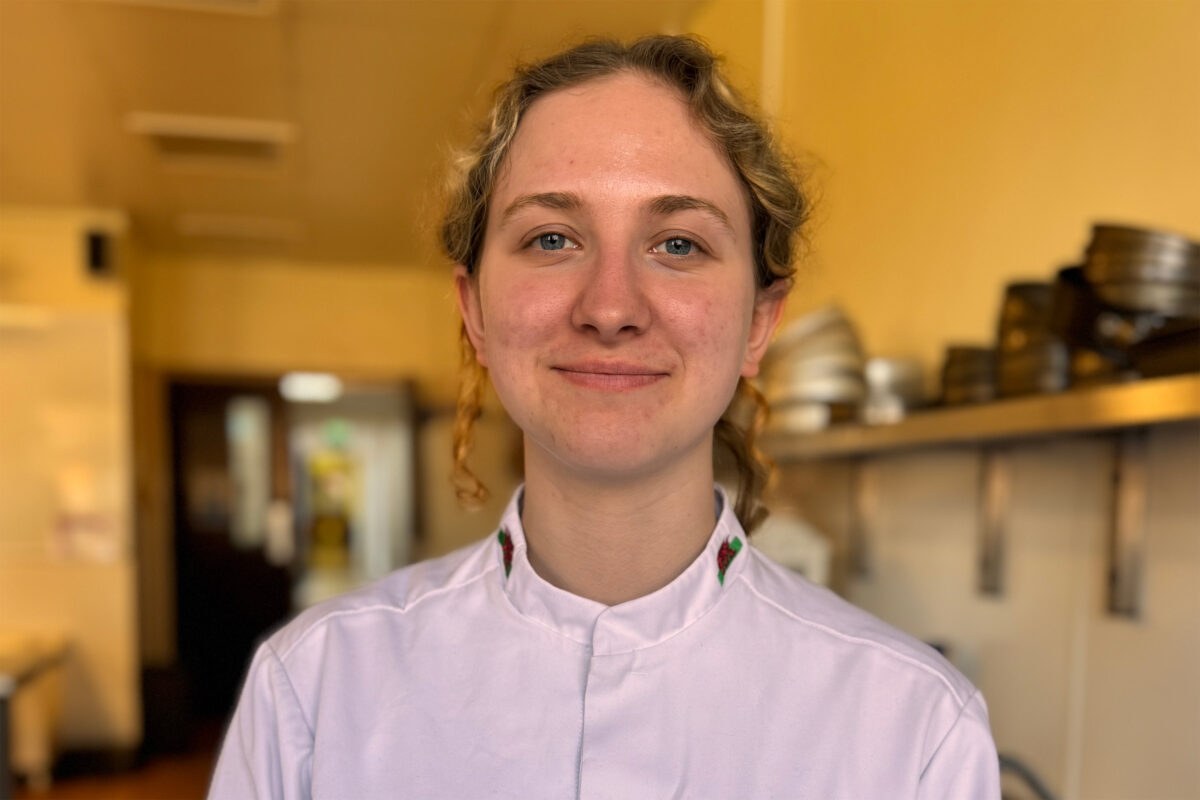Sustainably Educated: What Schools Can Do to Combat Waste

There are currently 9 million children in schools across the United Kingdom. With this amount of students there comes a whole lot of food, meaning it is time for education providers to figure out new ways of controlling waste. Schools alone produce 96,000 tonnes of food waste annually. With limited formal structures for managing food waste, it is often down to individual schools to figure out a way of reducing this.
This not only negatively impacts the environment, but it is also a waste of school resources – with energy being unnecessarily spent preparing food which will not be eaten.
Here, we will explore a few ways in which your school can reduce food waste.
Reallocating waste
One effort you might consider putting in place for your school is a composting scheme. This not only helps to reduce food waste, as all biodegradable produce is separated from packaging and non-biodegradable waste, but it is also useful when creating your own produce. School allotments, while perhaps not big enough to contribute to your kitchens, can produce fruit and vegetables that can be used in food technology lessons – creating a bank of fresh produce for children to learn to cook and appreciate. Or you might consider donating fresh produce to local community centres, foodbanks, or hosting a monthly food market to raise funds for the school. School allotments can also be a good way of educating children on where their food comes from.
Another form of reallocating waste would be to choose recyclable packaging. One example is recyclable cans, which can use up to 95% less energy than making a new one!
Nelly Edwards, SUSO Brand manager said: “Schools are a large contributor to annual food waste, whether this is due to students leaving food or from the packaging their food comes in. With significant levels of waste, it is important for our schools to achieve better impacts on the environment and to educate students on the importance of looking after our planet from the get-go.
“The settings our children are in are important for how they develop as people, if schools aim to encourage change for the betterment of our environment, our children will learn from this – whether this is by choosing recyclable soft drink cans or setting in place composting schemes.”
Portion control
Better food control can also help with reducing food waste, such as considering the portion sizes you are offering. Rather than reallocating the waste, this method focuses on the root cause of concern – students discarding food. By focusing on portion control, you can better feed your students the correct amount of food which might result in less being thrown away. This can be especially helpful for younger students, such as Key Stage 1.
Rather than seeing this as reducing the food available to your students, use this as an initiative to get students managing their own eating better and understanding signs of hunger. Allowing the children to return for more food, if they are still hungry, could be a better approach than larger initial portions.
Lunchtime changes
One reason your students might be discarding their food might not be that it is too much to eat, but rather they don’t have the time to finish their meals. Perhaps, the solution is to focus on the lunch times themselves. The Waste and Resources Action Programme (WRAP) believes that lunchtimes aren’t conducive to student enjoyment. While you may be hesitant to take time away from the school day, you can help extend lunchtimes by staggering them – with younger year groups eating earlier than the older ones. This will allow your students to enjoy and appreciate their food, as well as have the time to finish their meals. By staggering lunchtimes, the cafeteria can be quieter and emptier, meaning that all students have the chance to sit down and eat their lunch.
Cook-to-order systems
Another approach you might consider helping reduce your school’s food waste is to adopt a cook-to-order system. This means that students can choose their meal options in advance, allowing your catering team to plan portions better. As a result, food will no longer be wasted due to students at the end of the queue not getting what they want, as the selection has already been pre-chosen. This can also help students get through the queue quicker, leading to a more relaxed mealtime.
Cracking down on food wastage in your school could be beneficial, not only for you but for your students too. By reducing this waste, you could potentially cut off up to 22p from school dinners, as well as save on wasted energy – crucial during this time of skyrocketing energy bills.











Responses